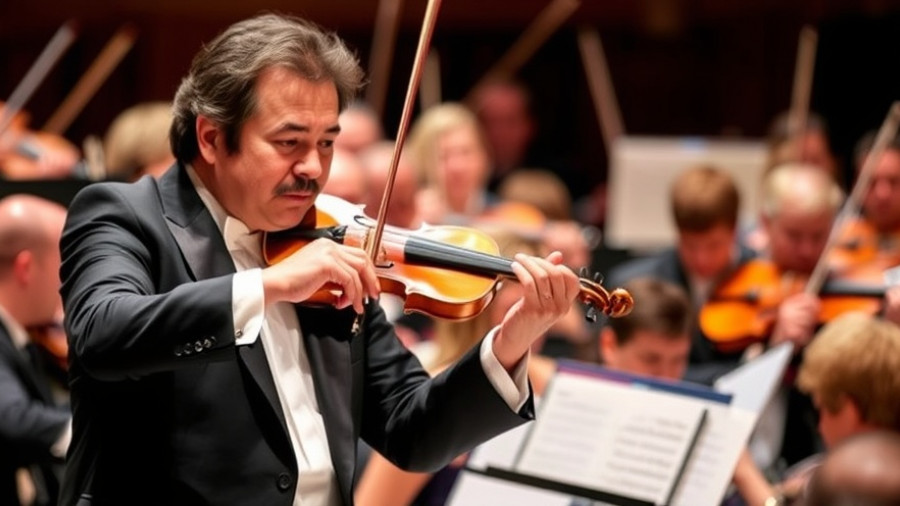
Celebrating Dudamel's Artistic Legacy Through Mahler's Music
As Gustavo Dudamel embarks on his final season with the Los Angeles Philharmonic, he takes on the monumental task of conducting Mahler’s Symphony No. 2, known as the "Resurrection Symphony." This symphony, demanding a colossal ensemble and blending diverse instrumental colors, mirrors the emotional depth of Dudamel's own journey as an artist. Performed at Walt Disney Concert Hall on October 9, this rendition draws not only on Mahler's profound questions about life, death, and rebirth but also on Dudamel's reflections of his tenure and legacy.
A Symphony of Humanity: Dudamel's Approach
Dudamel's commitment to Mahler’s Second Symphony is evident in his passionate conducting style, captivating a lively ensemble of seasoned musicians. The performance features an impressive cast that includes soprano Chen Reiss and mezzo-soprano Beth Taylor, alongside over 200 musicians from the Los Angeles Master Chorale. The ensemble's size echoes the ambitious nature of the piece, enveloping the audience in an immersive experience that traverses the spectrum of human emotion, from despair to uplifting transcendence. Each movement, from the somber funeral march to vibrant moments of thickening orchestration, radiates a sense of collaboration and unity that Dudamel has fostered throughout his time with the orchestra.
Digging Into Mahler's Philosophies
Mahler poured his life experiences into the Second Symphony, creating a work that resonates deeply with listeners. His intention was to address the “inner aspect” of life, as he stated the symphony contains the “blood of everything I have experienced and endured.” Dudamel embraces this philosophy, treating the symphony as not merely a performance but a shared exploration of profound themes. He brings an introspective lens to Mahler's work, turning inward to interpret the emotional weight each note conveys. His conducting style reflects this intimacy, often engaging directly with musicians, encouraging them to delve deeper into the piece's emotional core.
Contrasting Expectations: A Personal Journey
What sets Dudamel’s performance apart from others is his ability to transform Mahler’s grandiosity into an intimate narrative, reflective of his own farewell. As he conducts without a score, each flourish and dynamic shift feels like an organic conversation. Critics note that Dudamel's version keeps the tempo brisk, carefully balancing tradition with personal expression. He allows the music to breathe, oscillating between moments of silence and climactic crescendos, illustrating not just the grandeur of Mahler's work but also the fragility and tenderness inherent in the human experience.
The Future Feels Bright After Dudamel's Journey
As Dudamel prepares to transition to the New York Philharmonic, his departure from Los Angeles feels bittersweet. However, the connections he has forged through music will likely continue to resonate within the vibrant community he leaves behind. His legacy will inspire future generations, particularly in how he has tied individual experience to broader narratives through the lens of classical music. By embracing collective storytelling, Dudamel has not only enriched the Los Angeles Philharmonic's identity but has also nurtured a cultural dialogue that transcends geographic boundaries.
Get Ready for Mahler's Musical Adventure
The opportunity to experience Mahler's Symphony No. 2 in Dudamel's hands is not merely an end; it is an invitation to appreciate the depths of emotion music can harvest. It’s likely that audiences will find themselves not only contemplating Mahler’s themes but also reflecting on their own narratives. This is a chance to witness how music can bind communities and generations, creating an everlasting ripple effect.
As the season progresses, let us support the arts by attending performances like Dudamel’s that celebrate such human experiences. Engaging with classical music enriches our lives and strengthens the threads of community we share.
 Add Row
Add Row  Add
Add 



Write A Comment